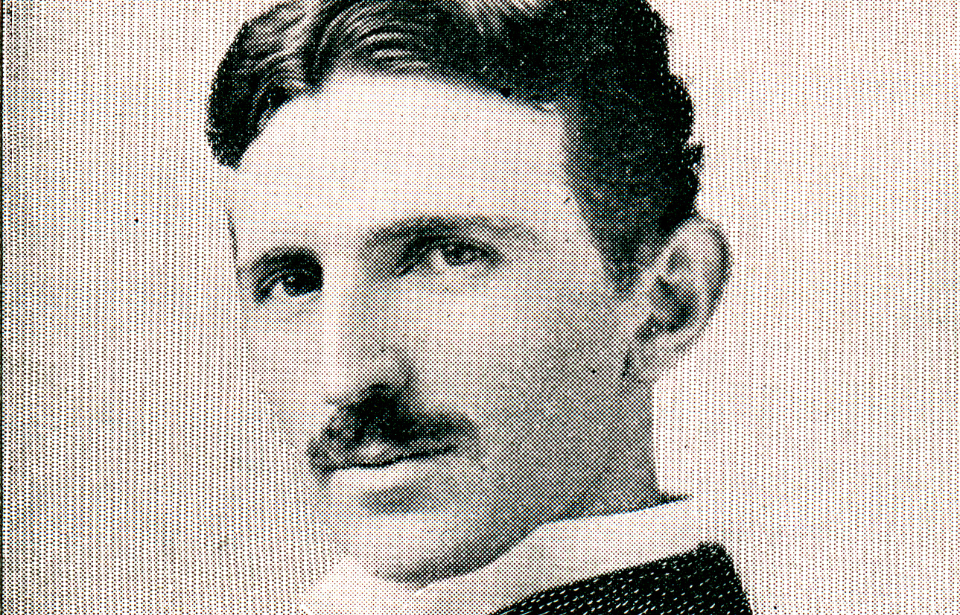Nikola Tesla developed a lot of incredible inventions during his lifetime. One that often goes unnoticed is his rudimentary drone. Prior to the 1900s, Tesla designed and constructed a miniature boat that used radio waves to wirelessly control its movements. This was an incredible feat, considering he didn’t have the technological understanding we do today.
What did this rudimentary drone look like? Keep on reading to find out.
The use of radio waves
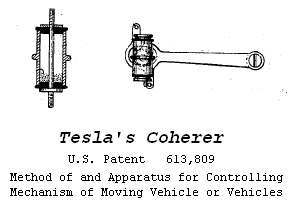
To begin his journey with radio waves, Nikola Tesla had to borrow theories from other scientists. Scottish mathematician James Clerk Maxwell predicted the existence of, and created the principle theory for, invisible electromagnetic waves. Following this, German experimentalist Heinrich Hertz created an apparatus that could detect them.
Tesla used Hertz’s apparatus as the foundation for his own wave generator to create the Tesla coil. He demonstrated the power of the coil by wirelessly turning lamps on and off, and soon realized he could use this science to wirelessly power other devices. This led him to begin designing a prototype, in the form of a boat.
It’s believed Tesla began work on the radio-controlled boat in response to the naval armaments race between Britain, France, Russia, the US, Germany, Spain and Japan during the 1890s. With this invention, he knew the armored boats of naval fleets, unmanned and controlled by radio waves, would be unstoppable in battle and save the lives of many soldiers.
The prototype
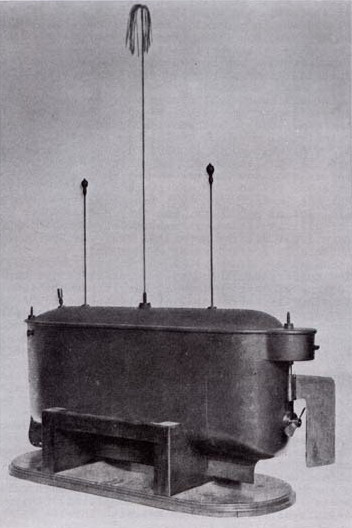
Nikola Tesla chose a naval torpedo boat as his model. To show observers the magic of his newest technology, he played with levers on a switch box. Each movement of the boat corresponded with the pulling of a lever, proving invisible radio waves could make the vessel do as he wished.
The magnificent display was described in full by an observer. “Elevated on stocks on a table in the center of the laboratory stood a model of a screw-propelled craft, about four feet long,” they said. “The boat contained the propelling machinery, consisting of an electric motor actuated by a storage battery in the hold, another motor to actuate the rudder and the delicate mechanism which performs the function of receiving.”
They continued, “The electric impulses sent through the atmosphere from the distant operating station, which set in motion the propelling and steering motors, and through them… Fire the exploding charge… In response to signals sent by the operator.”
Nikola Tesla files for a patent
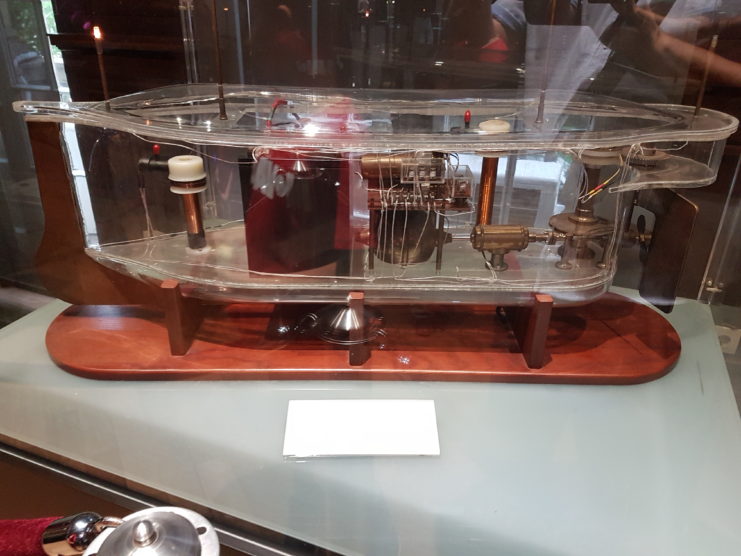
In November 1898, Nikola Tesla sought – and was issued – a patent for the switch box and inner mechanism, and immediately started advertising the new scientific innovation. Imagining that his invention would bring an end to all wars, Tesla said, “War will cease to be possible when all the world knows tomorrow that the most feeble of nations can supply itself immediately with a weapon which will render its coasts secure and its ports impregnable.”
Tesla wanted his invention to be used for good and for him to be remembered as the man who abolished war. Confident nations all over the world would adopt this new naval technology, he applied for patents in 13 different countries.
Did Nikola Tesla steal the idea?
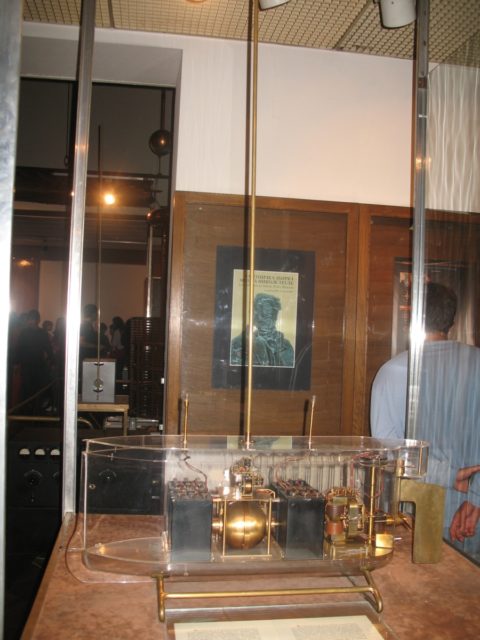
Despite his confidence, Nikola Tesla received a good deal of criticism from colleagues. Some believed he’d stolen the idea from W.J. Clarke, who’d demonstrated how radio waves could detonate floating mines to blow up a toy ship months prior to Tesla’s own demonstration. He denounced these claims and continued his work.
Despite the controversy, Tesla began producing a second prototype. He wanted to make sure the signal couldn’t be intercepted, to prevent enemies from gaining control of the vehicle. To do this, he borrowed an idea from his aforementioned wireless lighting demonstration.
Tesla was able to generate different radio frequencies that the boat would only respond to when specific ones, in combination with one another, were directed toward its inner mechanism. Thus, the boat would only respond when a certain combination was provided, making it impossible for anyone unaware of said combination to intercept the vehicle.
Nikola Tesla lost interest in the invention
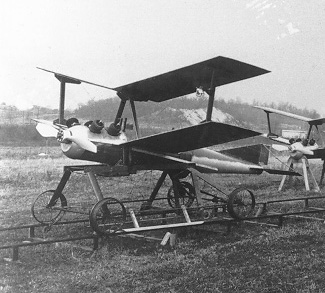
By the turn of the century, Nikola Tesla was beginning to lose interest in the radio-controlled naval technology he was developing. Instead, he directed all of his energy, time and resources into wireless power. Development of the boat ceased, and while Tesla did present the prototype to the US Navy, it was rejected due to the intricacy of maneuvers it required, which would not be afforded in the wake of battle.
Although he ultimately abandoned the project, Tesla essentially invented the world’s first drone. A lot of the technology used in today’s state-of-the-art unmanned aerial vehicles is derived from the same principles he used in his radio-controlled boat. It even preceded the Kettering Bug drone built for use in World War I, which was pre-programmed to fly a certain distance to reach its target.
Like Tesla’s boat, the Kettering Bug didn’t make it into battle.
An automated world
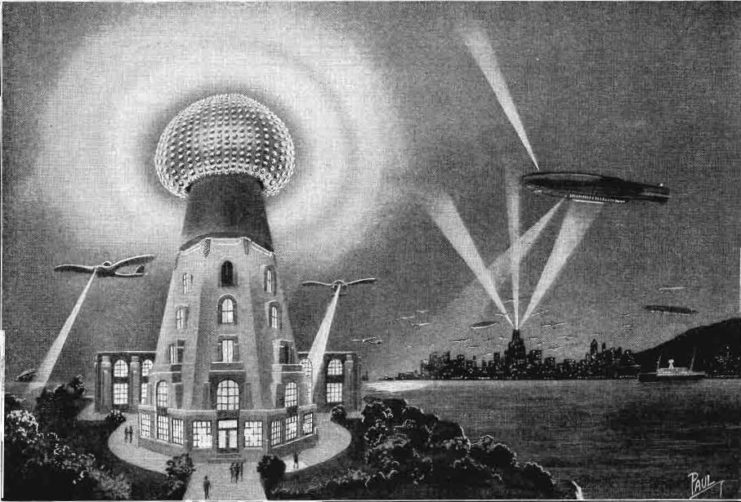
Nikola Tesla knew how innovative and revolutionary his new technology was and the vast capabilities it held. When asked about his prototype’s potential as a torpedo, he stated, “You do not see there a wireless torpedo; you see there the first race of robots, mechanical men which will do the laborious work of the human race.”
More from us: Highways Across the World Are Built for Warplanes to Land on Them
Since his death, robots have taken over much of the world’s industrial positions. Tesla dreamed of a society that functioned with the use of robots, and thanks to his rudimentary drone, the world we live in has nearly achieved this vision.
